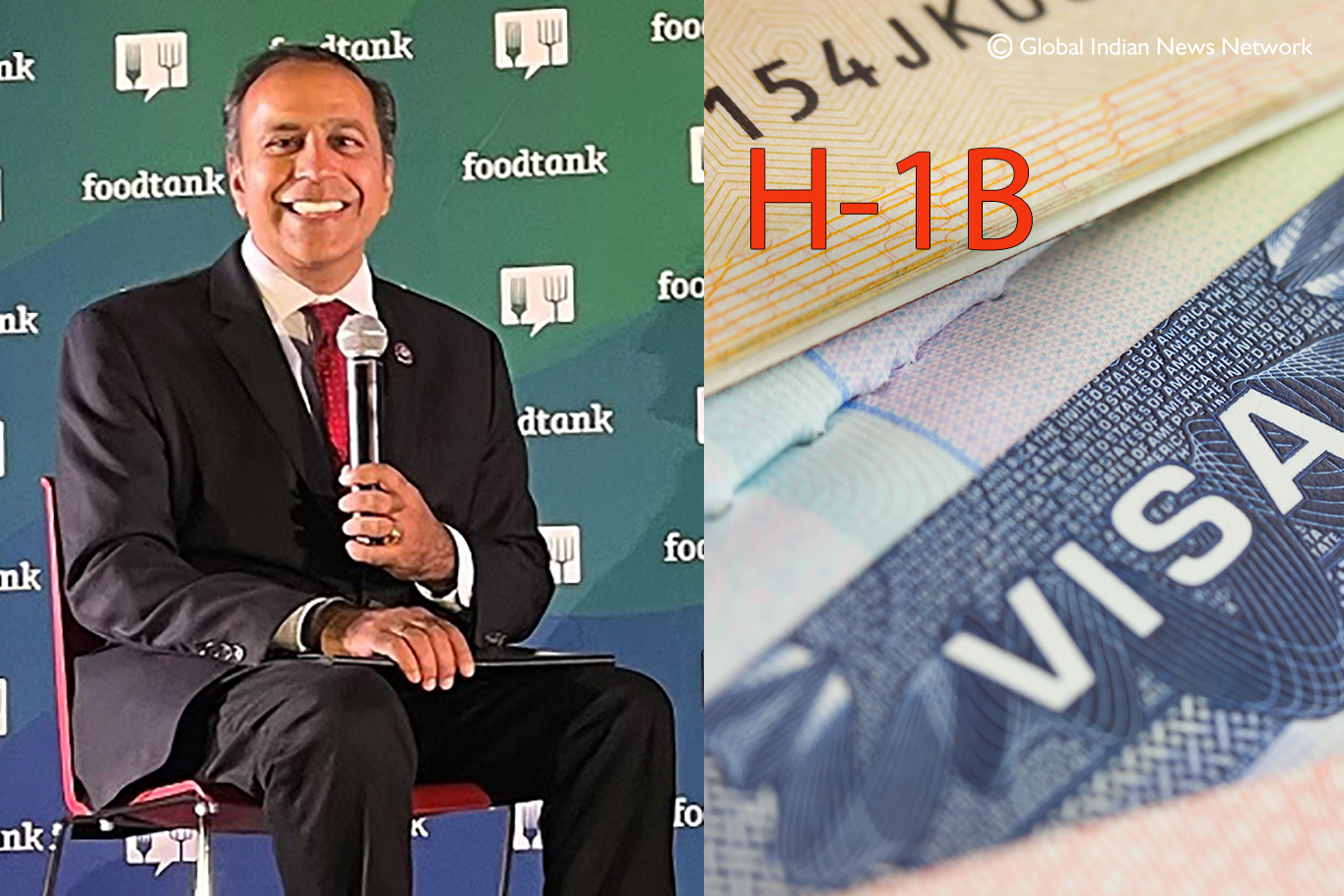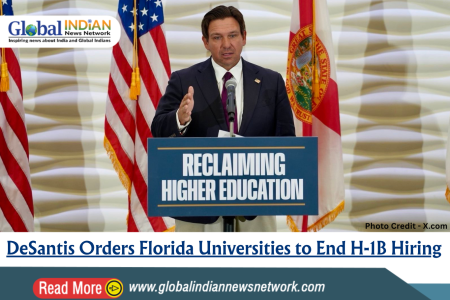 Indian American Congressman Raja Krishnamoorthi has introduced legislation aimed at attracting top talent to the United States by doubling the annual number of H-1B visas available from 65,000 to 130,000. This move is expected to benefit Indians, who are the largest beneficiaries of H-1B visas issued by the U.S.
Indian American Congressman Raja Krishnamoorthi has introduced legislation aimed at attracting top talent to the United States by doubling the annual number of H-1B visas available from 65,000 to 130,000. This move is expected to benefit Indians, who are the largest beneficiaries of H-1B visas issued by the U.S.
The proposed legislation, known as the High-Skilled Immigration Reform for Employment (HIRE) Act, has a twofold goal: first, to enhance U.S. economic competitiveness by increasing the H-1B visa quota, and second, to bolster American science, technology, engineering, and mathematics (STEM) education by providing additional funding.
Congressman Krishnamoorthi believes that to pave the way for future job growth and economic development, the U.S. must focus on two key aspects. Firstly, by investing in domestic workforce development, the country can nurture its own talent pool. Secondly, by attracting the brightest minds from all over the world, the U.S. can harness the potential of cutting-edge technology and innovation.
The HIRE Act is also expected to address the skills gap – the discrepancy between the skills employers need for certain jobs and the skills possessed by potential employees. By allocating more resources to strengthen STEM education, the bill aims to bridge this gap and ensure a better match between job demands and the available workforce.
The legislation has garnered support from ITServe Alliance, the largest association of IT services organizations operating in the United States. Vinay Mahajan, the president of ITServe Alliance, emphasizes the importance of maintaining the U.S.’s leadership in technology and innovation, which can be achieved by attracting skilled individuals from around the world.
By doubling the H-1B visa quota and emphasizing STEM education funding, the HIRE Act aims to boost the U.S. economy and retain its position as a global leader in technological advancements.













